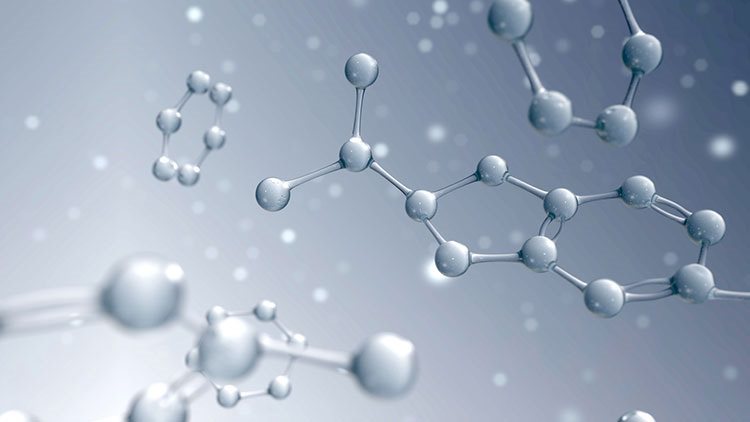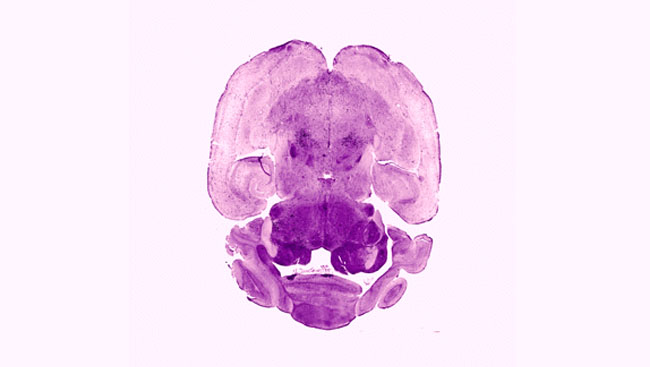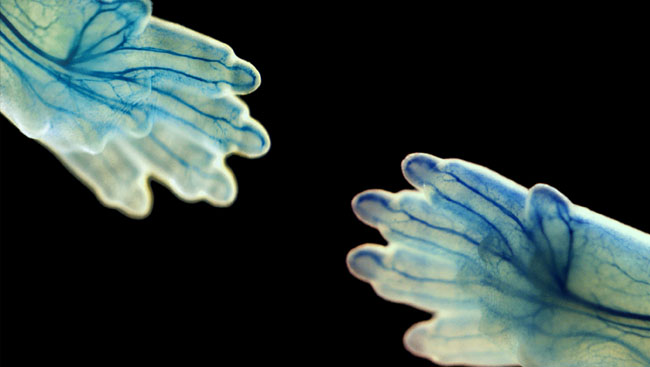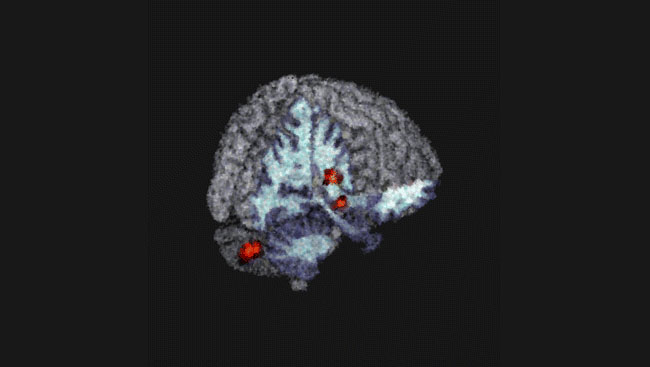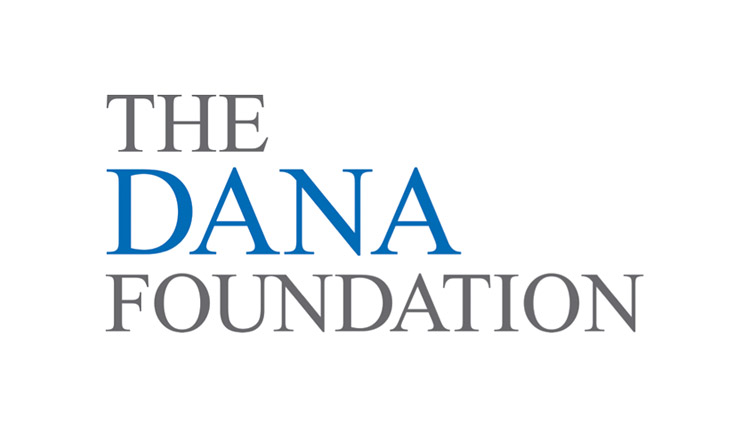Parental Hormones and the Royal Highnesses
- Published28 Jul 2013
- Author Emily Rose Jordan
- Source BrainFacts/SfN
Here in the UK, it is royal baby mania, which makes me as a neuroscientist think about how parental behavior is controlled by the brain. While Duchess Kate is getting a lot of attention for her post-baby style choices and is obviously delighted with HRH Prince George Alexander Louis, she is also undergoing an array of neural and behavioral changes to help take care of the little prince.
Many chemicals are involved in regulating maternal behavior, but two hormones that are particularly important are prolactin and oxytocin, which are both released by the pituitary gland in the brain. Prolactin controls the production of milk (lactation), while oxytocin controls the release of milk (let-down) so that the infant can access it once it has been produced.
Suckling stimulates the activity of these hormones so more milk is produced and so that after weaning lactation ceases. While crucial for breastfeeding, prolactin and oxytocin also have effects on maternal behavior. There is evidence that they contribute to mother-infant bonding and other social-cognitive behaviors, including increasing trusting behavior.
Fascinatingly, the behavioral contributions of oxytocin and prolactin are also at work in the paternal brain, even though fathers do not have the right ‘equipment’ to nurse babies. A study published in 2010 by Gordon et al. demonstrated that levels of prolactin in paternal blood correlated with increased coordination of father-infant play. Similarly, the scientists showed that the oxytocin levels of fathers correlated with affect synchrony, or the degree to which father and infant moods were similar when they were together.
These hormones are doing much more than merely controlling the basic mammalian process of nursing, given they are found in the brains of both men and women and correlate with parental behaviors involved in play and social communication.
Prince William is doubtless going through some major life changes as a new father, and prolactin and oxytocin are probably contributing to the bonding process he is experiencing with his infant son while on paternity leave. So, when you read the tabloids to check up on the latest from Kensington Palace, don’t forget about all the exciting changes happening behind the scenes in the brains of these new royal parents.
CONTENT PROVIDED BY
BrainFacts/SfN
Also In Body Systems
Trending
Popular articles on BrainFacts.org




